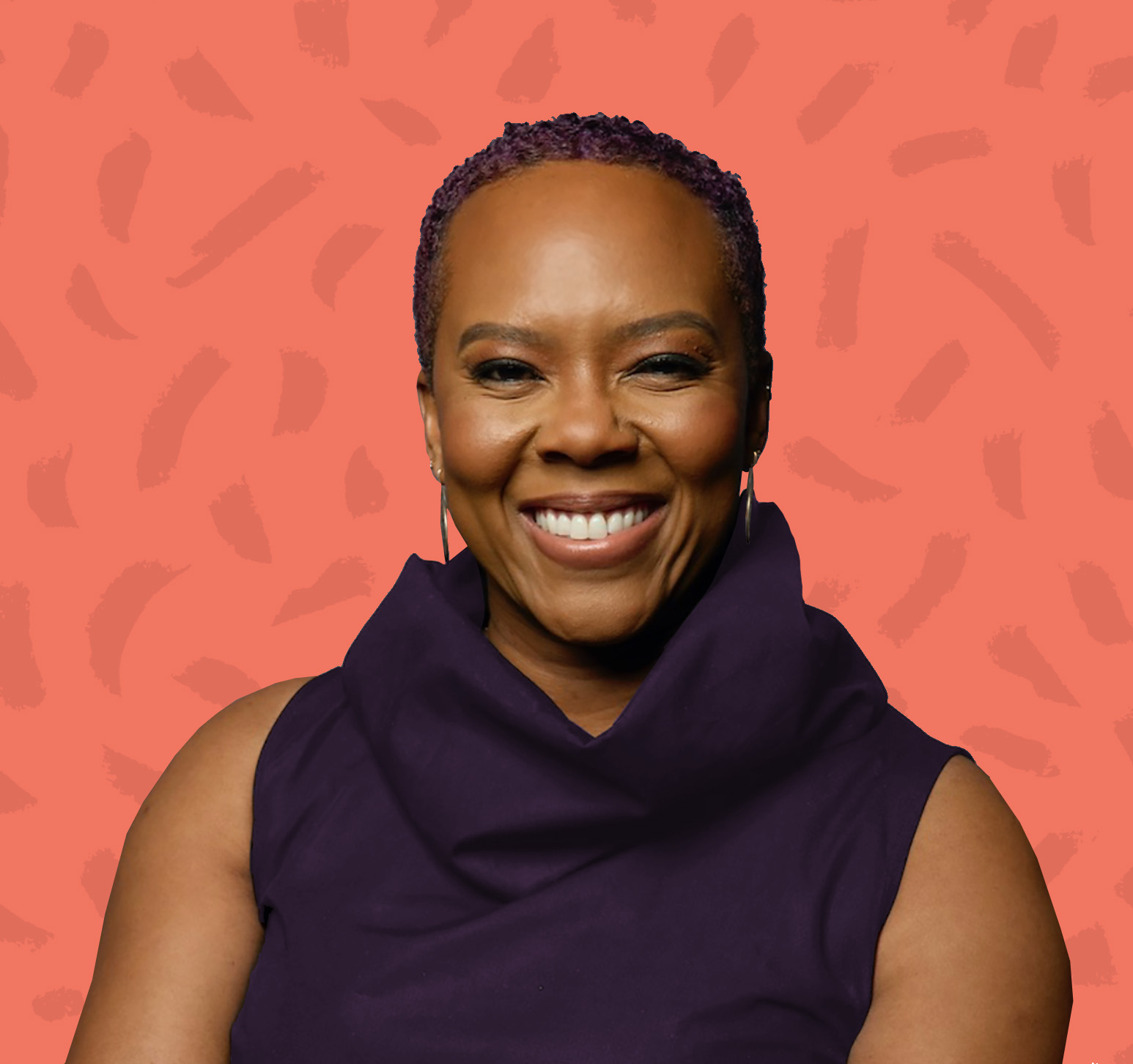Our brains are complex, but when it comes to how we perceive our surroundings and interact with others, a couple of key areas come into play: the thalamus, the amygdala, and the executive functions of the brain. Let me explain.
Imagine you’re walking alone in a forest, and you hear a twig snap behind you. The sound first goes to your thalamus, which is like a relay station. It sends the information to your amygdala, the brain’s alarm system. If it’s just a squirrel, your brain’s executive functions (the decision-making part) tell your amygdala there’s no need for panic. But if it’s a scary person rushing at you, your amygdala sets off the ‘fight, flight, or freeze’ response.
So, how does this link to cognitive empathy? Well, here’s the thing: our brains naturally process anything new or different as potentially risky. This includes unfamiliar people. If our brain’s decision-making part doesn’t step in, we might perceive the unfamiliar person as a threat, which might activate our ‘fight, flight, or freeze’ response.
Cognitive empathy is when we use our understanding, rather than our feelings, to connect with others who are different from us. It helps us think past our initial biases. For example, a healthcare worker needs to provide equal care to all patients, regardless of their own preconceptions. So does a teacher, who should treat all students fairly, regardless of personal biases.
Imagine a nurse who thinks a large man should just toughen up and not ask for pain medication, or a teacher who doesn’t give a late student full attention, thinking they’re just not trying hard enough. Both the nurse and the teacher are using their personal biases instead of cognitive empathy.
If we pause and think about these situations, they seem unfair, right? But it’s easy to fall into these traps if we limit our empathy to only what we’re familiar with. By strengthening our cognitive empathy, we can better connect with people who are different from us.
How can we do this? By being aware of our own reactions and those of people around us. If you notice that you react differently to different people in the same situation, try to figure out why. Also, observe how others around you interact. Can you spot any biases?
Try this for 30 days, making notes of your observations. By the end, you might notice you’re the one acting differently—holding people in a new light. This practice can help you become more empathetic, leading to stronger, more meaningful relationships.
Build more empathy muscle: Become an empathy engineer.


